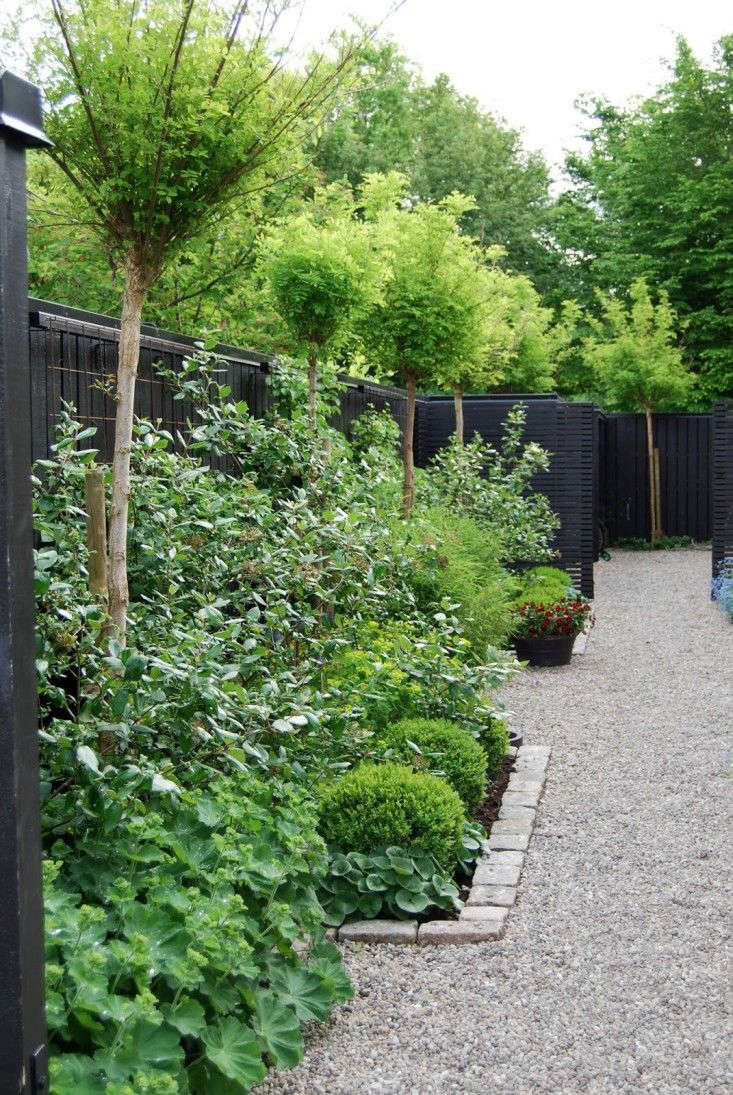Anyone with a lawn knows the instant gratification that a sharp, freshly trimmed edge can give, but while keeping lawn regularly cut is one thing, it’s far more time consuming and fiddly to keep your edges in order. Step forward: lawn edging.

What are the benefits of lawn edging?
Whether you have a pristine space or you garden on the more naturalistic side of the horticultural fence, incorporating an edge between your borders and lawn has many benefits. A strong edge will create neater, visually pleasing lines but it will also prevent border plants merging into grassed areas and help minimize infestations of weeds, especially invasive plants such as couch grass, from running into your borders too. It may also help to stop the migration of mulch and bark chips onto grassed areas.
What are the best materials to use for lawn edging?
The material you choose does, to a certain extent, depend on the style of your garden. There are options in metal, wood, stone, concrete, brick, and even plastic.
Metal Lawn Edging


Cons: Can be expensive.
Plastic and Rubber Lawn Edging

EcoBlok’s Flexi Border is made from recycled rubber tires but mimics small bricks and comes in a range of colors. It can also be curved to 70 degrees (£12.99 per meter).
Pros: Quick to install, can be economical.
Cons: Some plastics can become brittle and break over time.
Wood Lawn Edging

Pros: Easy to install, will look naturalistic against borders and lawn.
Cons: Not as long lasting as some other materials.
Brick or Stone Lawn Edging

For cottage gardens, the mellow tone of brick provides a very traditional and aesthetically pleasing edge. Bricks are inserted on their long side either directly into the soil or, better still, onto a layer of sand. They are then knocked into position and checked as you go along with a plumb line to ensure they are level. This is an economical option if you have old bricks to use up. There are also a variety of stone, terra cotta, or concrete panels which are laid in a similar way or laid permanently on a concrete foundation.
Pros: Gives an instant cottage garden feel and looks great.
Cons: More time consuming to install, can be more expensive if you are sourcing bricks. Bricks can sometimes need resetting over time and some are susceptible to frost damage too.
N.B.: See more landscape edging ideas:
- Garden To-Do: March is the Month to Mulch.
- Metal Landscape Edging: Pros and Cons
- Landscaping 101: Mulch.
- Designing a garden from scratch or rehabbing an old one? Get started with our Garden Design 101 guides at Hardscapes 101.


















Have a Question or Comment About This Post?
Join the conversation (0)